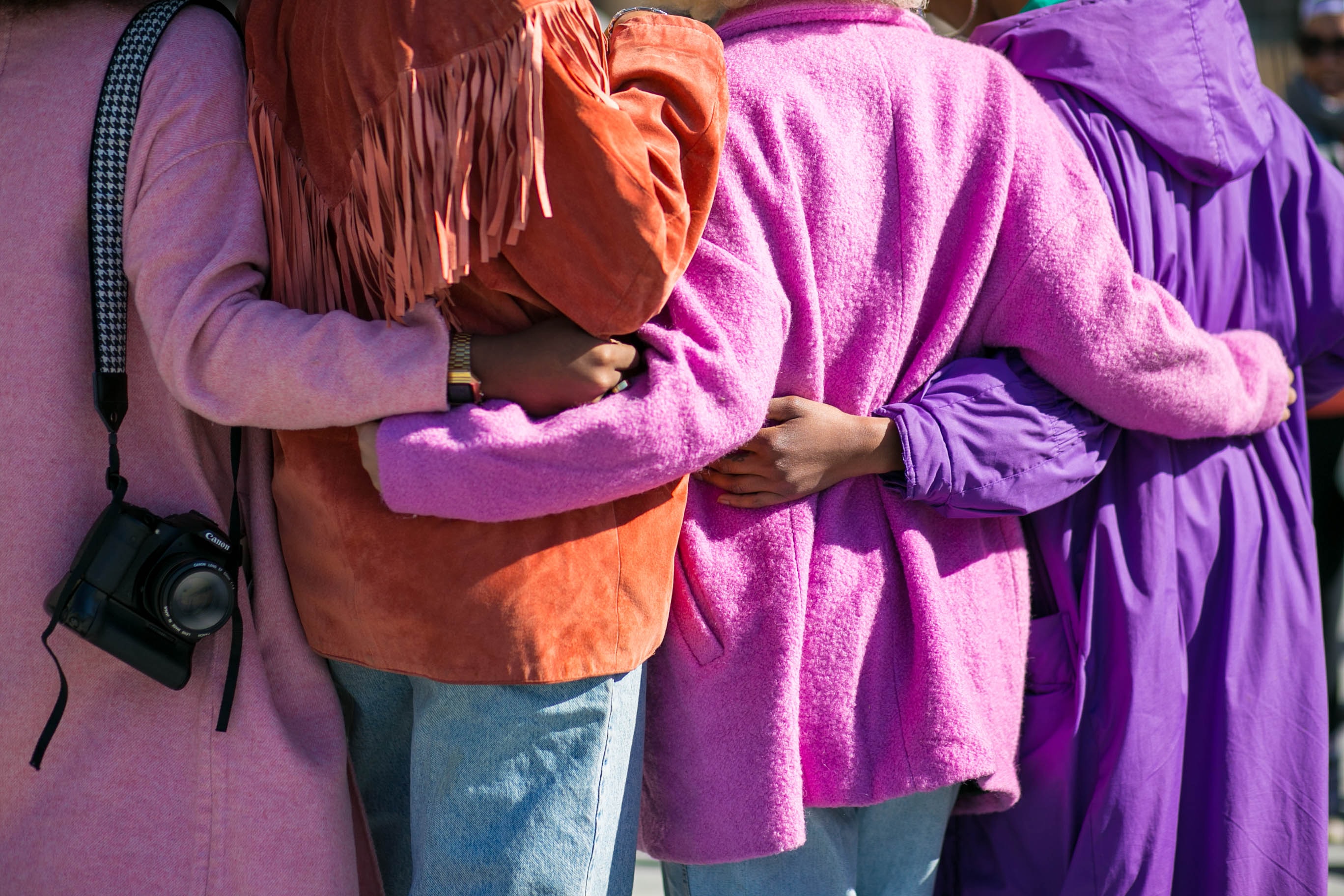
International Women’s Day (IWD) is a global day to celebrate the achievements of women but also to amplify the call to action for accelerating women's equality.
The march to gender parity is simply not happening fast enough. And it has been dealt a blow by the pandemic.
Well over a century after the fight began for voting rights and equal pay for equal work, women are still vastly underrepresented in all levels of government, and they continue to lag far behind men economically.
Additionally, any gains in representation for women overall haven’t translated to gains for women of colour, who account for merely 4 per cent of C-suite leaders. That number hasn’t moved significantly in the past three years.
The toll of two years of COVID-19 has been especially heavy for women, who are experiencing much higher levels of burnout than men. According to a recent LeanIn and McKinsey & Co. Women in the Workplace report in late 2021, one in three women indicates they have considered downshifting their careers or leaving the workforce.
With community, United Way responds to the needs of women and girls. In the past year, we’ve:
- Invested in 30 programs solely helping 17,747 women and girls
- Distributed 130,000+ free menstrual products locally through Period Promise
- Worked with groups to tackle local issues and empower women
According to the World Economic Forum’s Global Gender Gap Report, the pandemic and its highly uneven burden have significantly slowed the closing of the gender gap worldwide. In 2020, current progress in 156 countries would mean reaching parity in 99.5 years. In just one year, that had grown to 135.6 years. Looking only at economic participation and opportunity, the gender gap will take another 267.6 years to close at current rates of improvement.
I see these numbers, and I think about my two daughters. Not only will they never see a world of gender equality, at the rate we are going, neither will their great-great-great grandchildren.
For those who might think this is only an issue in other parts of the world and that Canada has reached gender parity, here are some statistics to consider:
- Women in North America won’t achieve true equality until 2082
- Canada is among 55 countries that saw progress regress between 2020 and 2021
- Canada slipped from No. 14 in 2006 (the first year for the rankings) to No. 24 in 2021 in overall gender parity.
So, Canada, and every Canadian who cares about their daughters, wives, mothers, sisters, colleagues, friends and neighbours, has much work ahead.
The theme for this year’s International Women’s Day is #BreakTheBias. Supporters are asked to strike the IWD 2022 pose – crossing their arms in an X to show solidarity in the mission to forge an inclusive world – and to share their #BreakTheBias image or video on social media.
Whether deliberate or unconscious, bias blocks opportunities for women and stands in the way of advancement. Awareness and acknowledgment aren’t enough. Breaking bias means taking action in our homes and neighbourhoods, in our offices and factories, on our sports fields and arenas, in our boardrooms, and in our schools, colleges and universities.
It means actively challenging gender bias, rejecting discrimination and smashing stereotyping whenever and wherever they are found. It means refusing to stay silent. It means rallying action. It means confronting and questioning the status quo.
Please join all of us at United Way Halton & Hamilton in doing what is necessary to achieve a gender-balanced world.


